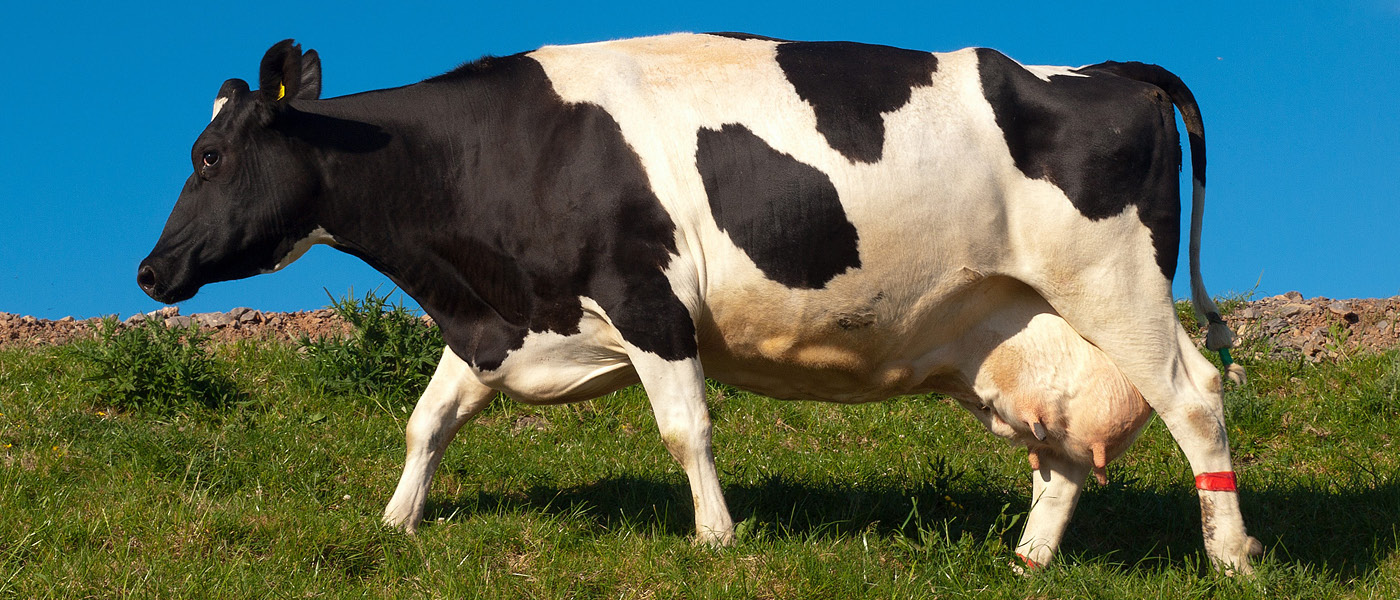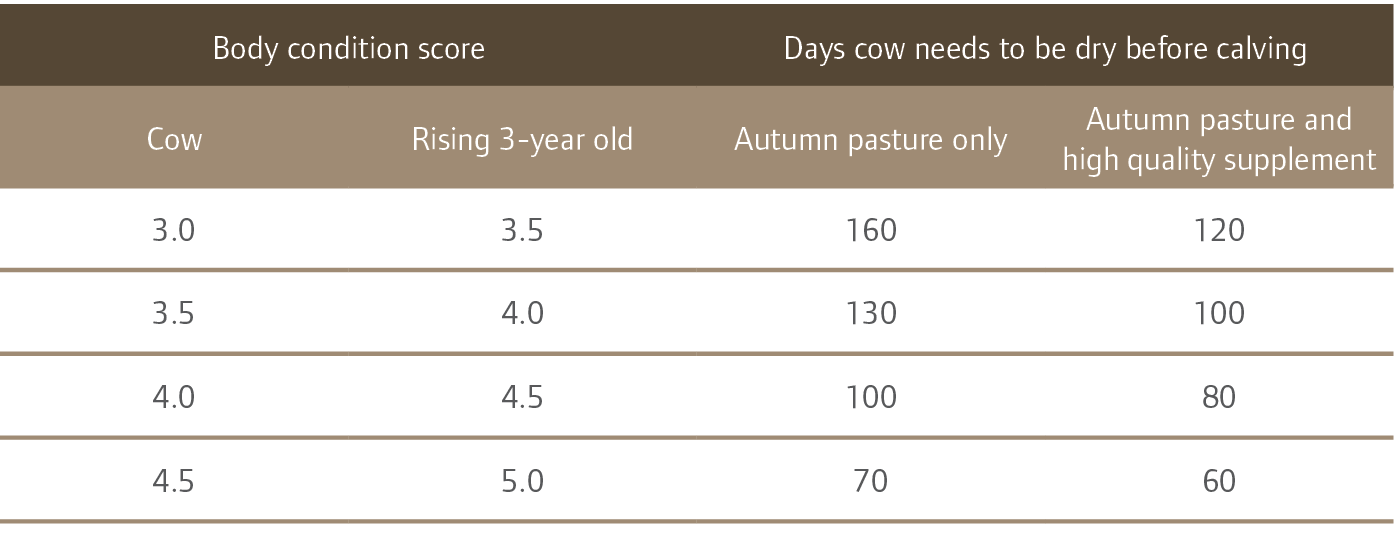
The results are in: Mating season is over, and the outcome should be appropriately considered – what went well and what did not? And, more importantly, why? Although these considerations affect next season’s approach to mating, another challenge is equally important – Dry-off. And the foundation for achieving top results next year is laid down right now.
A key objective in late lactation is to set the cows up for next season. This is done through careful monitoring of body condition scores and an awareness of calving BCS targets: Mature cows should be BCS 5.0, first and second calvers BCS 5.5. This is done most successfully by implementing strategies in mid-and late-lactation.
The three most commonly-used strategies are: 1) Reducing milking frequency, 2) Increasing feed allocation, and 3) Drying off at-risk cows early.
Reducing milking frequency
It has been well established that milking cows once-a-day (OAD) for a duration of three months increases BCS by approximately 0.25 BCS unit. This is due to less energy requirements for walking and lactating and more time for grazing. There is a reduction in milk production, and anything less than 1 month of OAD milking has minimal impact on BCS.
16-hour milking (or 3 milkings in 2 days) is potentially beneficial. However, as there is little effect on milk production, any benefits would be due to less walking and more time grazing. Therefore, the effect on BCS is expected to be minimal (there are other benefits of flexible milking, eg reduced lameness, reduced work hours, increased staff satisfaction etc, but these are not related to BCS management).
Increasing feed allocation
Do lactating cows gain more BCS than dry cows? The short answer is no – although a lactating cow requires 25% less energy to store fat than a dry cow, more energy is partitioned for milk production at the expense of BCS. Feeding an additional 150 kg DM grain over 100 days will increase BCS by 0.25 BCS unit in the late-lactating cow but 1.0 BCS unit in the dry cow. Therefore, dry cows gain more BCS per kg dry matter fed.
Drying off at-risk cows early
The most successful strategy to achieve BCS targets at calving is to monitor BCS and provide enough time for weight gain. Remember that there is a physical limit to the amount of feed a cow can consume as well as the amount of BCS that can be gained (approximately 0.5 BCS unit/month). A cow also gains very little body fat in the first week after dry-off and in the final month of pregnancy. The length of the dry period required therefore depends on:
• Current BCS and BCS target
• Predicted calving date
• Available feed (pasture cover, quantity and quality of supplements)
Below is an example of days required from drying off until calving to achieve target BCS.
Now that calving dates are predicted, it is possible to work out dry-off dates once you know the current BCS status of your herd. This is easily done using the table below or the DairyNZ “Dry-off-date calculator” available online. This considers herd size, region, feed available and expected calving dates in conjunction with BCS results.
Body condition scoring is an essential part of managing cows through mid-late lactation and winter. Vetlife has certified Body Condition Score Assessors available at every branch, and scoring is done through milking or whichever way is suitable for you and your herd. Please get in touch with your local Vetlife branch for a chat about the best strategy to manage your herd or to book in a BCS assessment. We can customise a plan to suit your herd and help you achieve the targets you have set for yourself for next season!
Line Ferriman
Vetlife Ashburton

1These results are generated from research predictions and are based on an additional 1.5 kg
DM grain/head/day.
Source: https://www.dairynz.co.nz/media/5789603/technote-27_web.pdf